Women in Video Games
- zmh157
- Oct 16, 2015
- 5 min read

I could easily start by talking about Lara Croft, one of the most famous women in video games, but this is not my Ode to Lara Croft. As a matter of fact, Lara Croft may be one of the most well-known video game ladies, but opinions on her range from “feminist icon” to “festering adolescent wank-fantas[y]”.

We can always talk about Lara Croft some other time but, right now, I’m going to talk about some female video game characters and why it’s so important for women to be represented in video games.
The YouTube channel Feminist Frequency has a series of videos devoted to discussing the various tropes that accompany women in video games. From women as rewards to the classic damsel in distress, women are often on the receiving end of a lot of negative stereotypes when it comes to video games, and this can make playing video games unsatisfying, distressing, and even downright rage-inducing for women.
For this post I’ve picked out six of my favorite female video game characters, and in the gifs above you can see the first three.
Ellie (seen on left) is a character from The Last of Us and since I previously devoted an entire page to talking about her (which you can find by clicking here) she will not be talked about in this post.
From left to right (omitting Ellie) the other two are: Cassandra Pentaghast from Dragon Age: Inquisition and Vivienne from Dragon Age: Inquisition
If you haven’t guessed from some of my other posts, Dragon Age is one of my favorite video game franchises, and even though there are many other women in Dragon Age worth mentioning (Sera, Josephine, Morrigan, Leliana, Isabela, etc.) I’ve limited myself to Cassandra and Vivienne in order to talk about women in other video game franchises.
First up is Cassandra Allegra Portia Calogera Filomena Pentaghast, a Seeker of Truth and the “Right Hand” of the Divine. Admittedly, neither of those titles make any sense if you’re unfamiliar with Dragon Age.
As a Seeker of Truth, Cassandra is a member of an order that protects the Chantry, a religious organization, and as the “Right Hand” of the Divine Cassandra was… well, “the sword in the Right Hand of the Divine” for lack of better phrasing.
Despite numerous blows to her faith throughout the game, Cassandra stays strong and hopes to help the Chantry rise above its blatant failings.
She’s pretty much the reason the Inquisition is begun (well, reborn, but that’s all semantics really), and is one of the first companions you (as the Inquisitor) travel with in the game.
I could probably devote an entire blog post to talking about all the times she saved my character.
Vivienne and Cassandra may "see eye to eye", but they are quite different characters.
Also known as Madame de Fer or The Lady of Iron, Vivienne is feared and respected in political circles within the world of Dragon Age. She's powerful, fashionable, and will apparently shut you down pretty harshly if you try to romance her.
She does not her status as a mage hold her back—as a matter of fact, nothing can hold Vivienne back and I’d be worried for anything or anyone that dared to stand in her way.
The next three ladies shown above are (from left to right): Aveline de Grandpré from Assassin's Creed III: Liberation, Bayonetta from Bayonetta and Bayonetta 2, and Faith Connors from Mirror’s Edge.
While I haven’t had a chance to play as any of these women yet, other gamers have acknowledged them as great characters for various reasons.
Aveline de Grandpré is a African/French assassin and is the first protagonist in the Assassin's Creed franchise.
Most of the game takes place in Louisiana at the tail end of the French and Indian War and though the game itself (Assassin's Creed III: Liberation) received mixed reviews from critics, Aveline seemed to be pretty well-liked. Not only was she a female character, but also a minority, which delighted many.
I haven’t even played the game yet and I’m insanely pleased to know there’s a black female assassin I can play as.
Okay, Bayonetta definitely looks like she falls into the “clearly designed for the male gaze” category. But, apparently, there’s a little more to her than that.
Though many admit that her outfits can be quite revealing and some of the scenes in Bayonetta 2 include entirely too many crotch-shots, Bayonetta is still “one of the most charismatic and powerful heroines in the medium.”
“At first glance, it’s easy to dismiss Bayonetta as just another male fantasy, another female character to be ogled and abused. But, in reality, the character is a power trip for and about women. Through her overt sexuality, her acceptance and love of her own body, Bayonetta makes the men in the game (and perhaps many of those playing) uncomfortable.”
— Ria Jenkins, “From Lara Croft to Bayonetta: what is a 'strong female character'?”
Faith Connors, a courier (called a Runner in the game) in a dystopian society who delivers personal messages behind the government’s back, is the protagonist of Mirror’s Edge.
Faith was specifically designed to appeal to women and men. The producer of the game Tom Farer had this to say about Faith:
"We wanted to break away from the clichéd videogame look where all the men are muscle freaks and the all the women are well endowed. The idea was to create a more grown-up, minimalist, and fashion orientated character… Faith is of course also a very athletic heroine which is reflected in the proportions of her body, she is attractive but she isn’t overly sexualized. It was important to us that she felt human not superhuman, inspirational not unattainable, a real hero.”

If you didn’t realize it here’s one thing all these women have in common: they’re fighters. Each woman mentioned in this post can hold her own in a fight, and that’s fantastic, but it’s also important to have women in video games who can’t fight.
Some women need to be rescued, and some can recuse themselves, and it’s important that all forms of media reflect this. I think this quote I borrowed from Tumblr says it best:

If I've said it once I've said it a hundred times: representation is important! And yes there are women in video games, but there need to be women who are more than prizes, and more than something pretty to look at.
I’m not saying that all women in video games are just trophies (I just spent most of this blog post talking about some female video game characters who are anything but trophies), but I am saying that this is an important fact to keep in mind when designing a video game.

“Although it could be the case that exposure to images of strong, powerful female heroines in video games may empower girls and women through these characters’ embodiment of female success, strength, and intelligence, the overwhelming presence of female sexualization is likely to diminish positive effects that may emerge. The blending of stereotypical and counter-stereotypical attributes into female heroines, like Lara Croft, complicates the task of understanding the influence of such portrayals on media consumers.”
— Elizabeth Behm-Morawitz and Dana Mastro, “The Effects of the Sexualization of Female VideoGame Characters on Gender Stereotyping and Female Self-Concept”
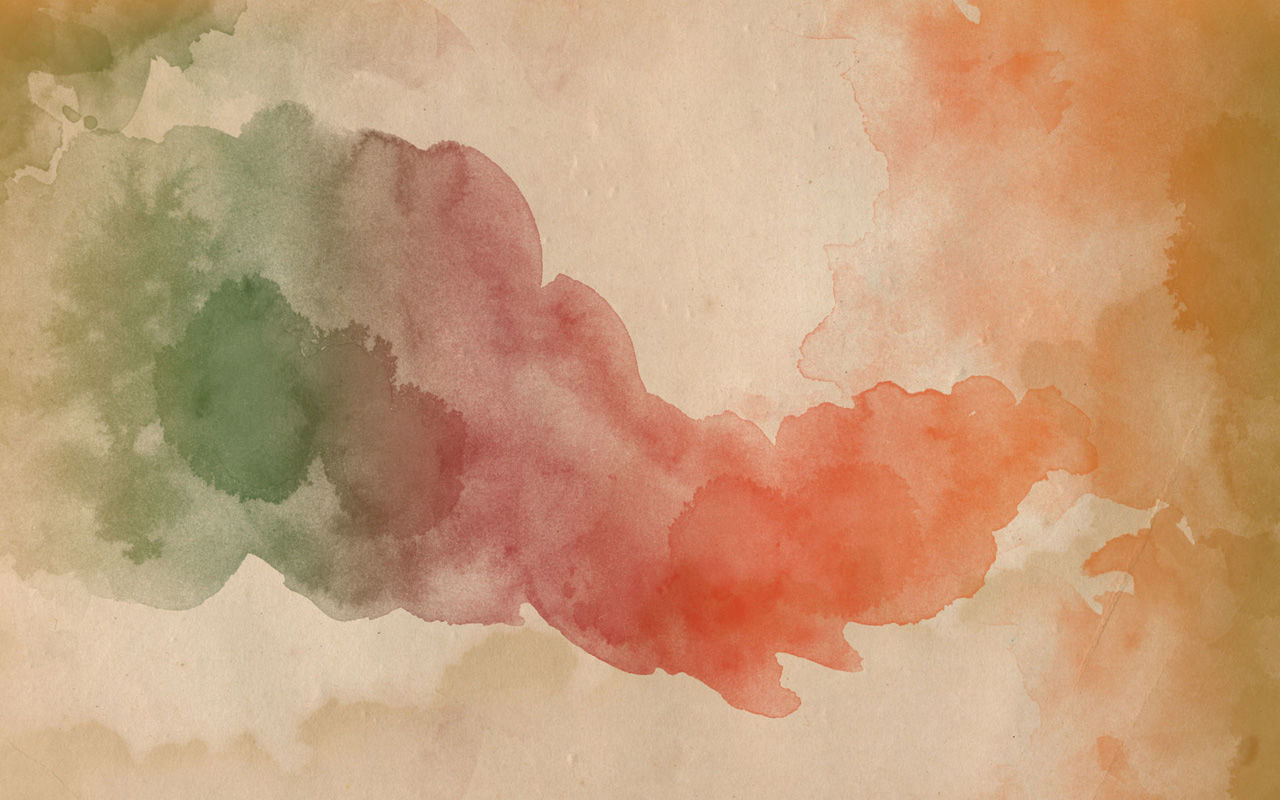
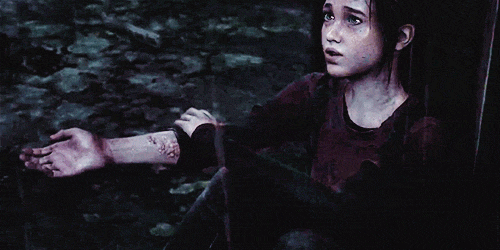
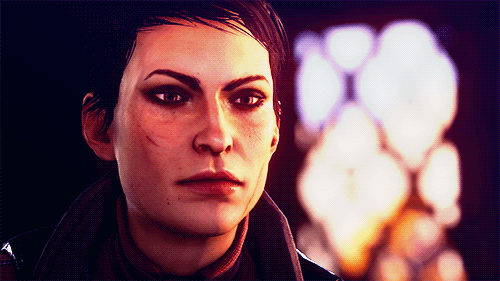
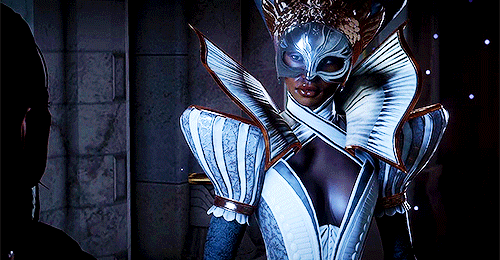
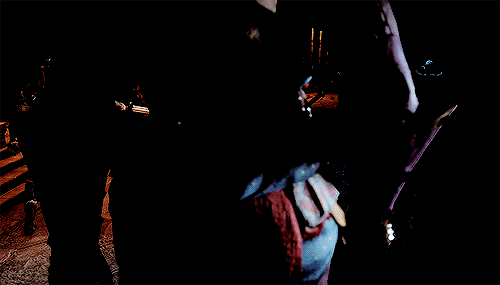
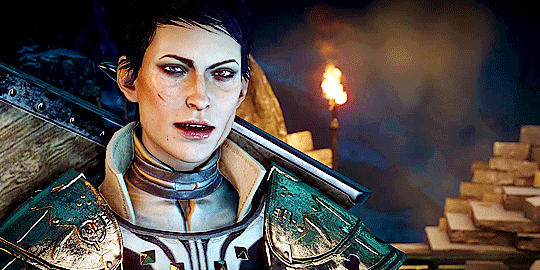
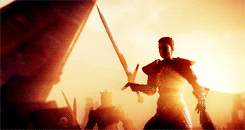
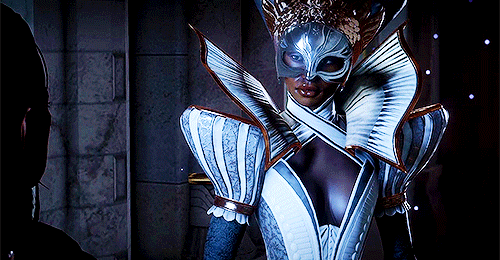
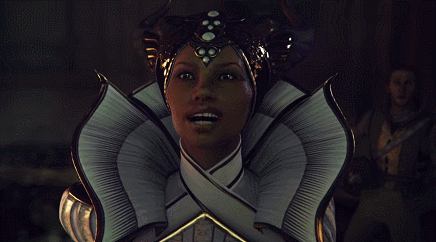
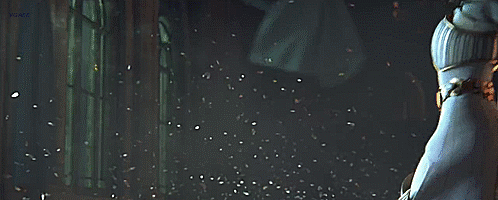
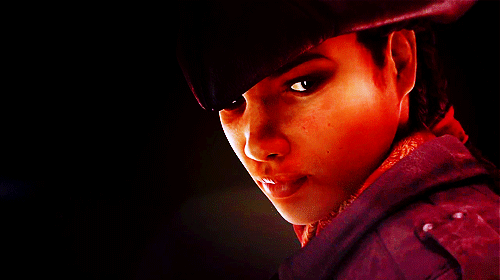

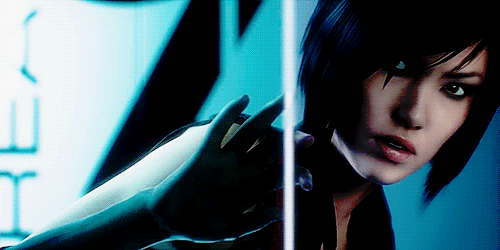
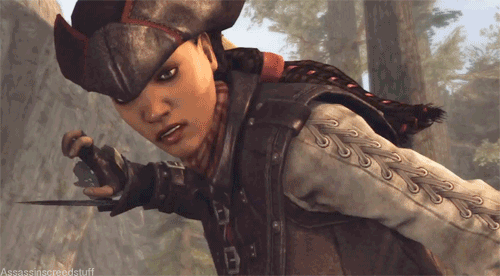
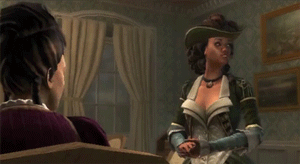

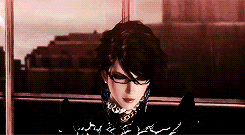



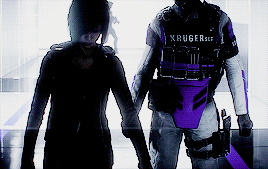











Comments